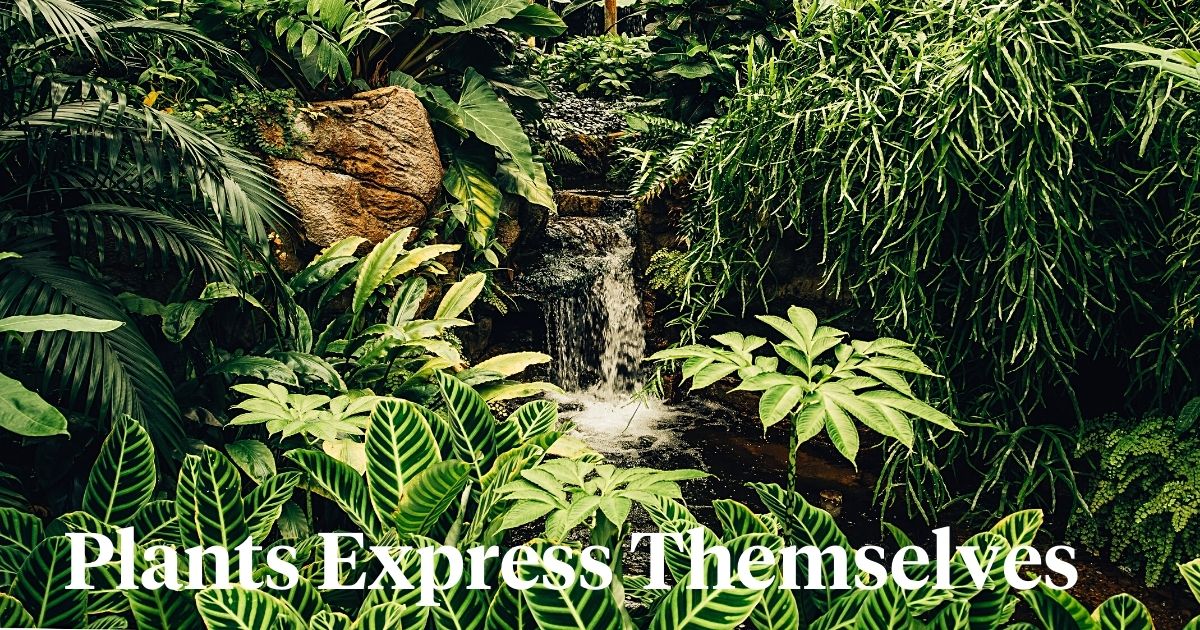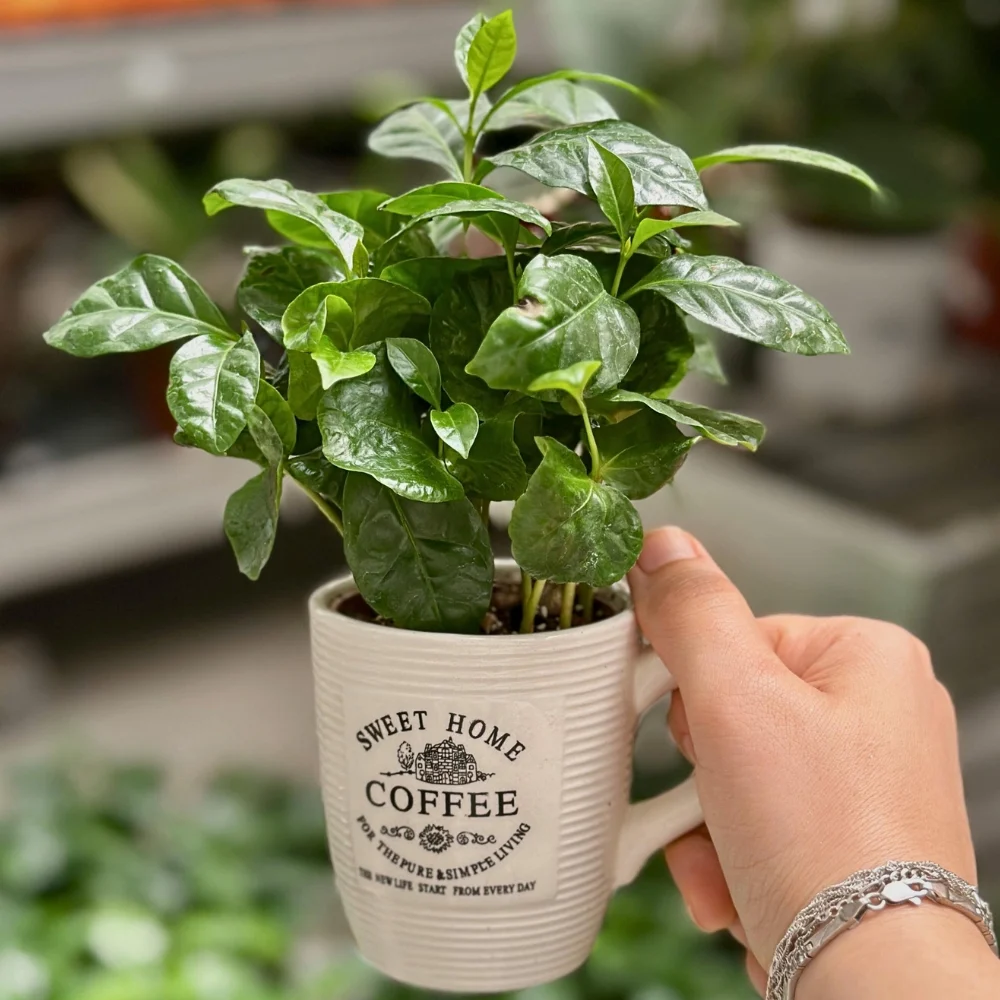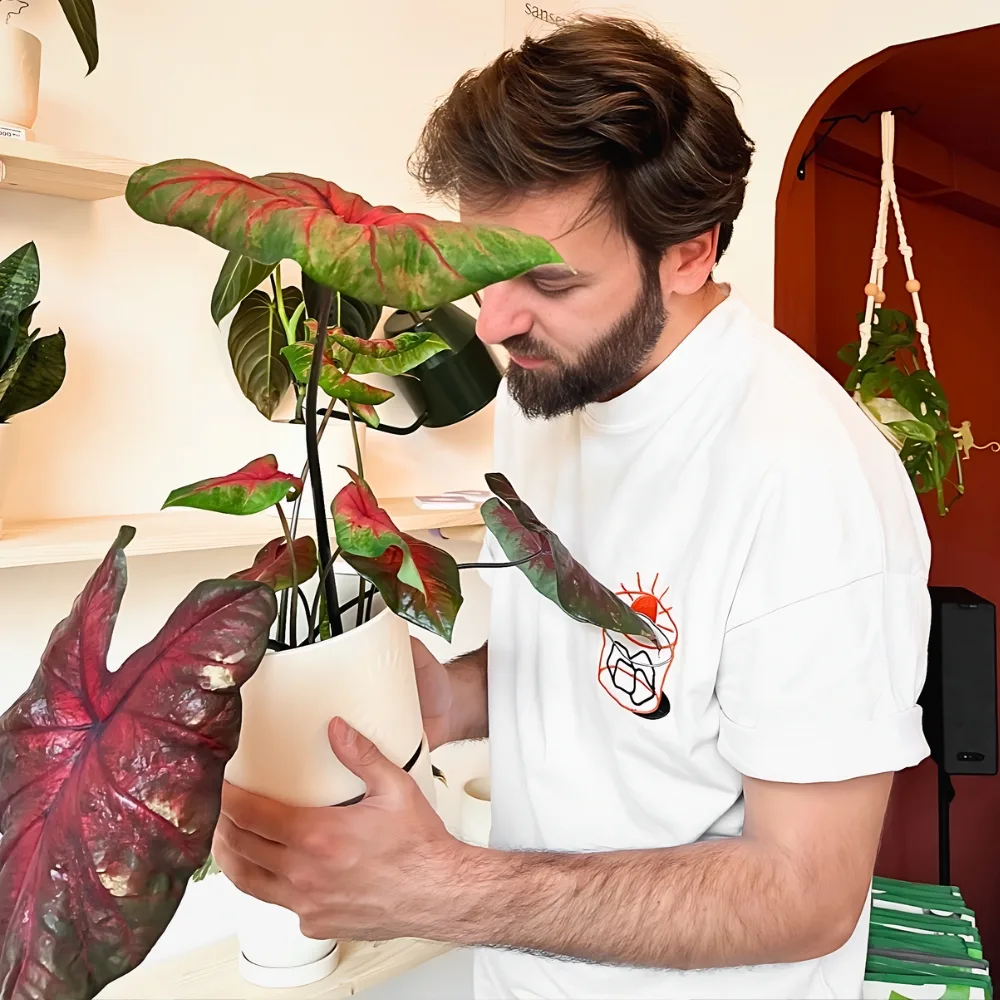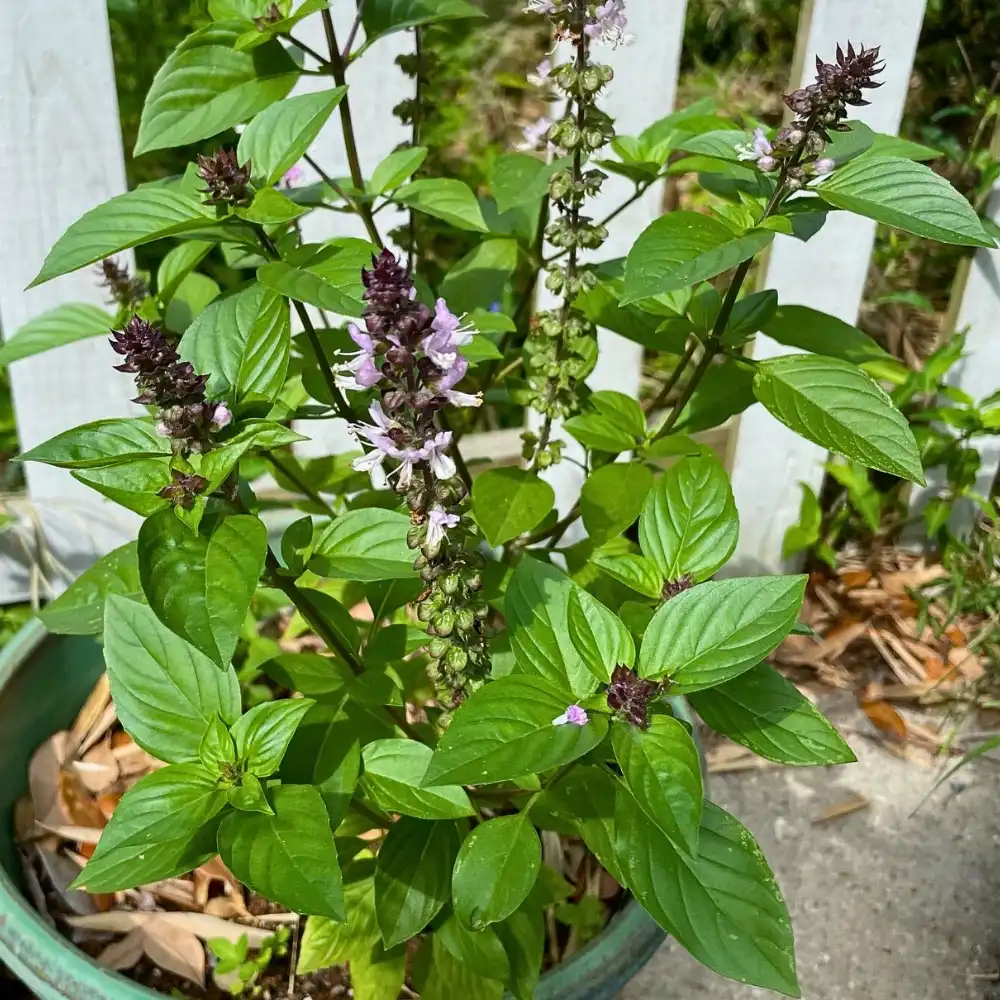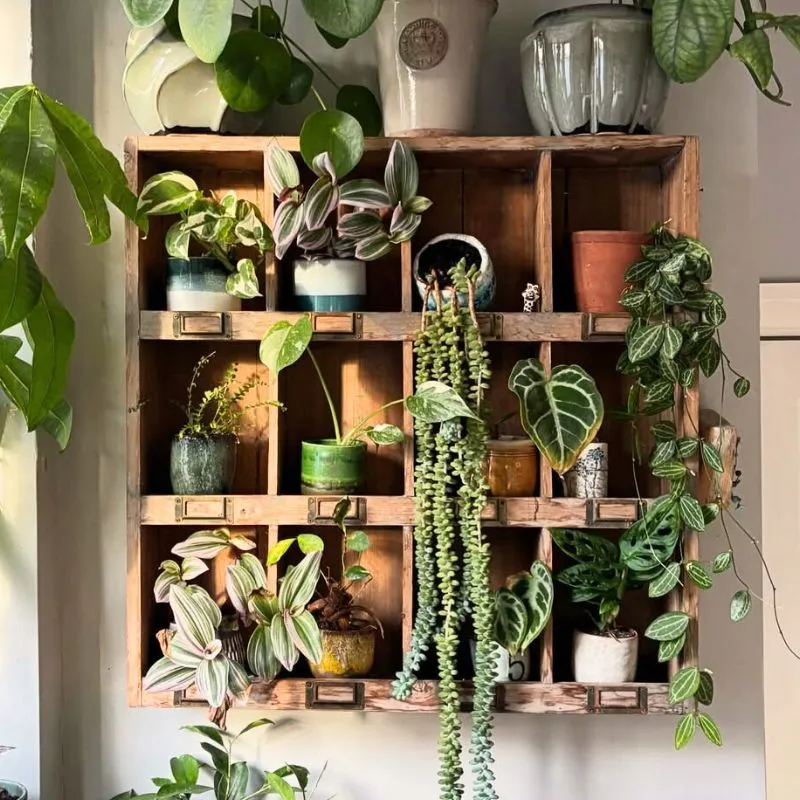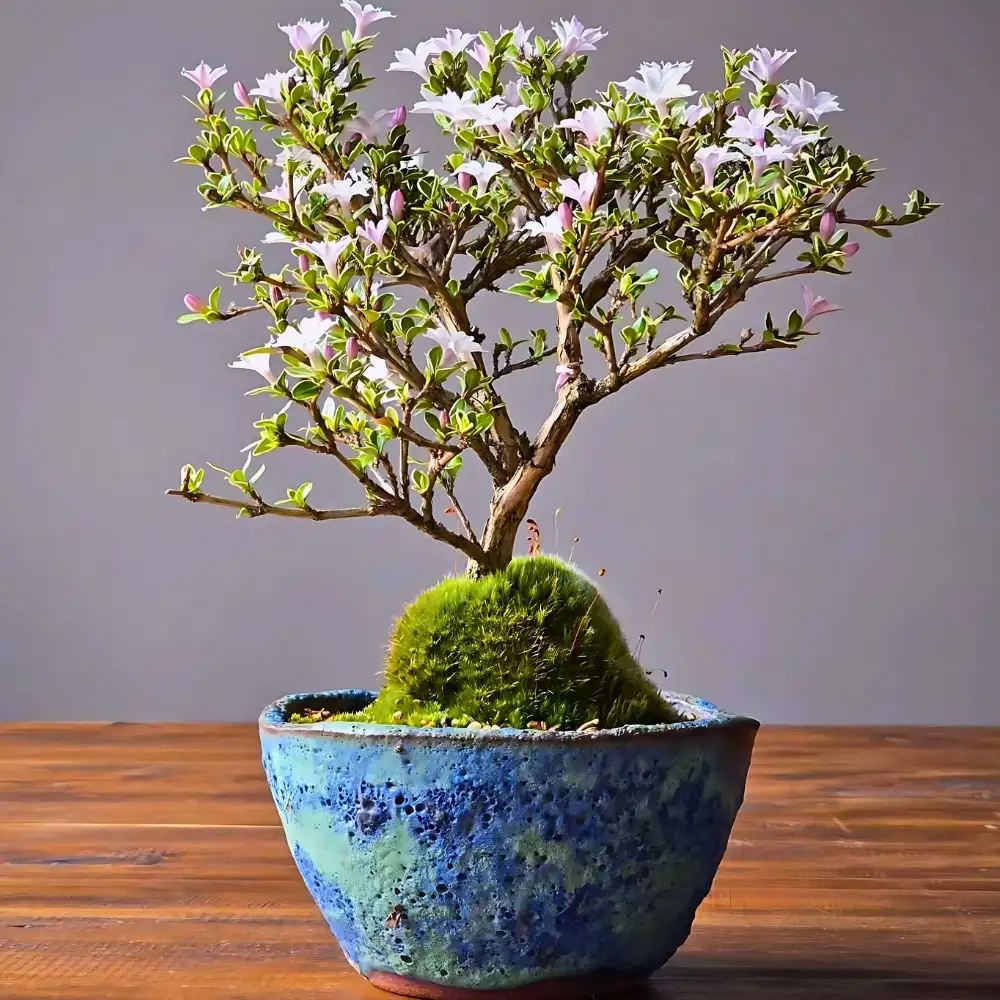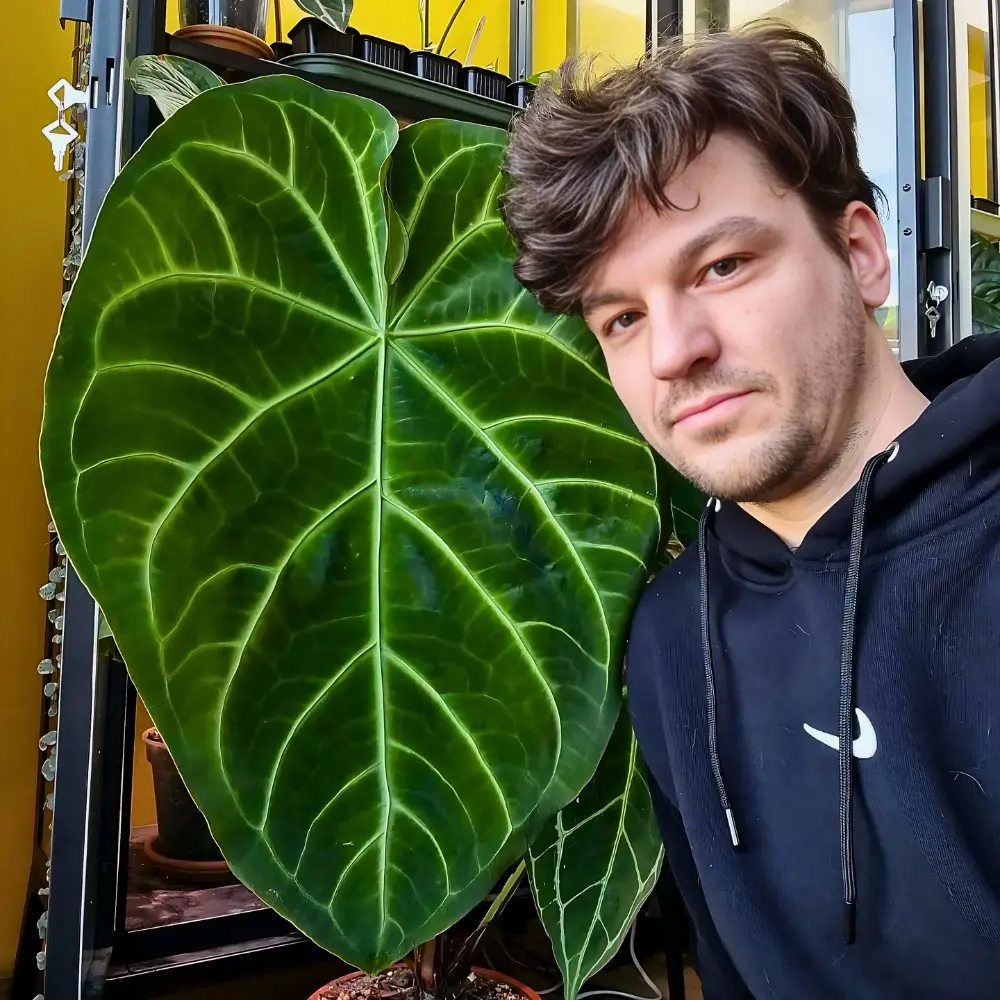Plants are more than just stationary objects that make the world look beautiful. Research has shown that plants are complex organisms that can feel, communicate, and respond to their environment. Plants can feel emotions too. This might sound surprising, but it is true. Let's explore this fascinating topic in more detail.
Yes, Plants Have Feelings Too
The idea that plants can feel emotions is not a new concept. It has been around for many years and has been supported by various studies and experiments. One of the earliest experiments was conducted by Cleve Backster, a polygraph expert who in the 1960s, connected a polygraph machine to a houseplant.
He found that the plant responded to his thoughts and emotions, suggesting that it could sense them. It's unbelievable the way plants use the same senses as humans and they can feel as well. Just because they cannot communicate the same way as humans (talking), doesn't mean they can't feel emotions.
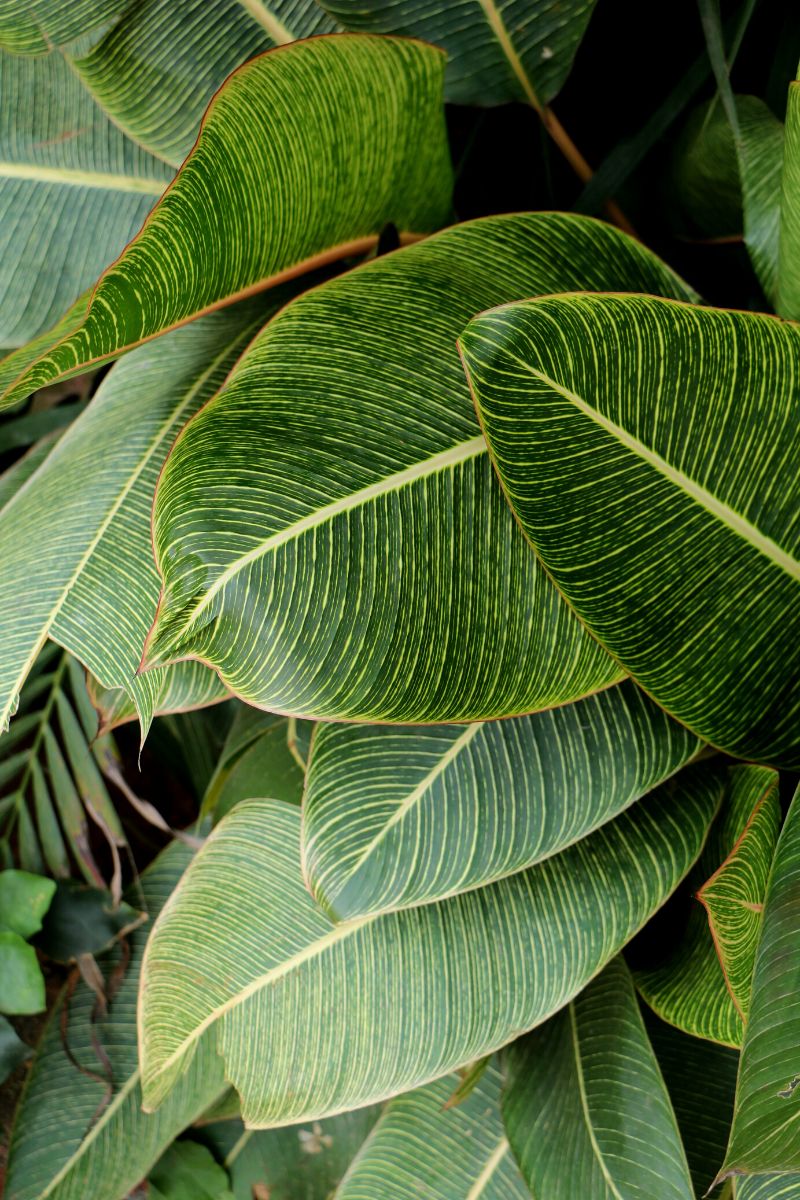
Humans go around the world using five primary senses: touch, sight, hearing, smell, and taste. These senses aid in the formation of a mental picture of our surroundings, allowing us to respond to any rapid changes. Many animals rely on these senses to avoid being eaten, as well as to find food and safe habitat. What about plants, though?
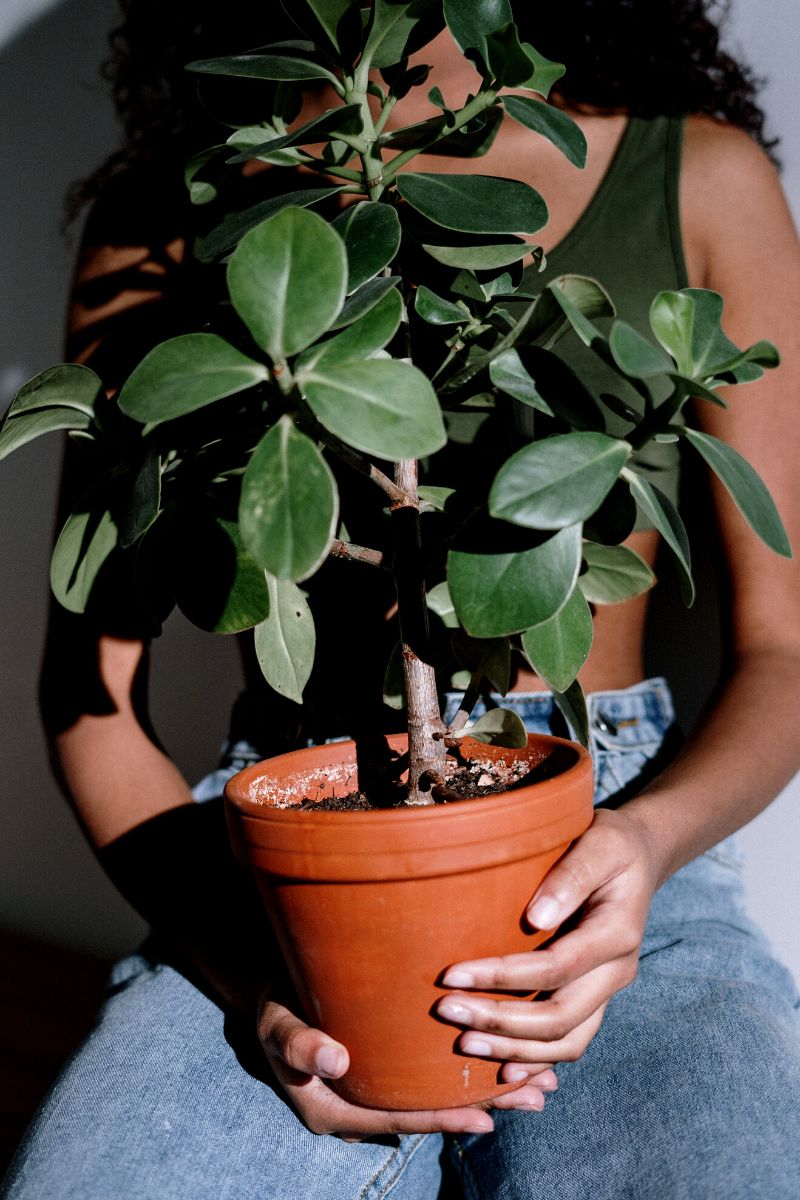
Plants can detect a lot about their surroundings, which might cause stress. Plants, unlike most humans and animals, cannot flee or hide when threatened by predation, damage, or environmental changes. To survive, 'sessile' (or stalkless) plants developed to be extremely sensitive to their surroundings. Plants may perceive their environment in a variety of ways, including hearing their predators, smelling their neighbors, and even mimicking the morphologies of their plant hosts, according to research.
Studies Have Proved That Plants Have Feelings
Numerous experiments have been conducted, and the evidence shows that plants are indeed capable of feeling emotions. Dr. Kim Johnson, a research fellow in the School of BioSciences, University of Melbourne, studies the world of plant senses and he shares that one of the main ways in which plants communicate and respond to their environment is through chemical signals. They release different chemicals into the air or soil depending on their needs or the presence of certain stimuli. These chemicals can also affect the behavior of other plants and animals in the vicinity.
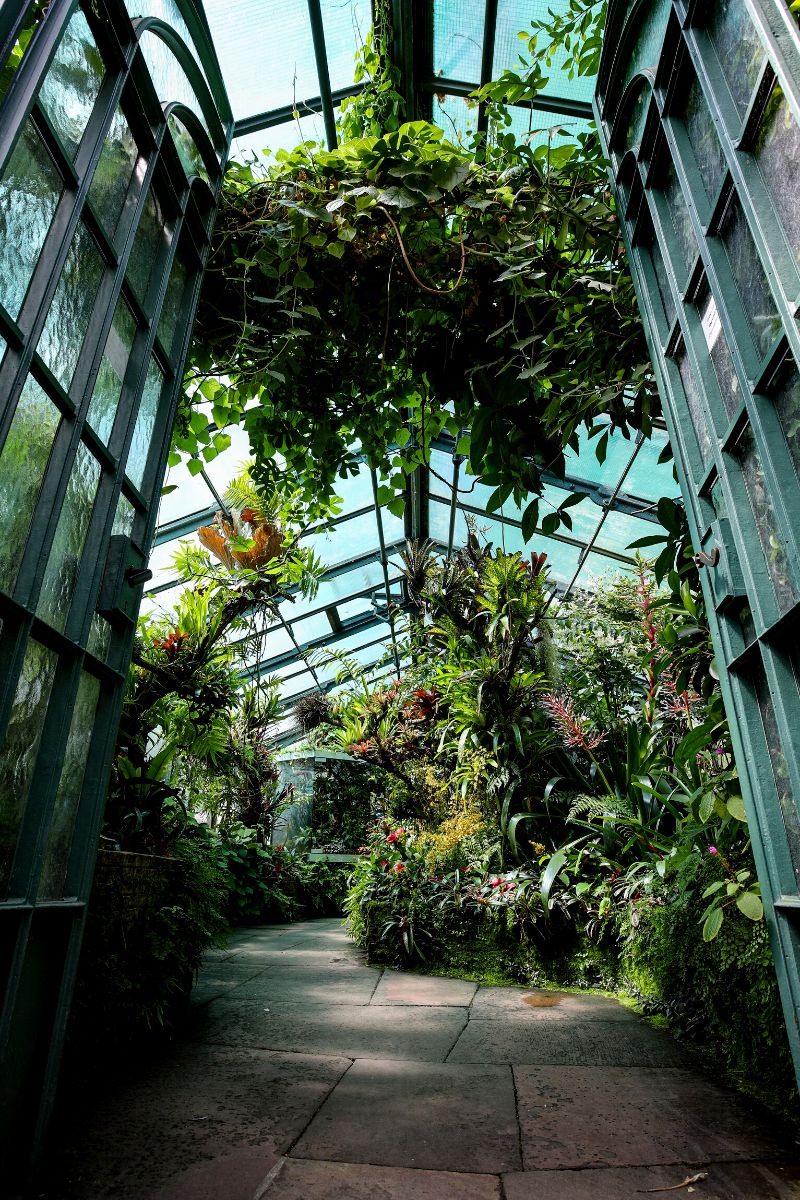
One of the most fascinating things about plants is their ability to sense danger and protect themselves. For example, when a plant is being attacked by a predator, such as an insect or a herbivore, it can release chemicals that attract the predator's natural enemies, such as birds or parasitic wasps. In this way, the plant can defend itself without having to physically move or fight back. Dr. Kim Johnson shares:
"Plants are constantly under environmental stresses. You can actually see how plants respond to those physical stresses because they change their shape."
When plants are under stress, their stress hormones can also signal other plants in the vicinity to prepare for potential stressors. This type of communication is called plant-to-plant communication, and it has been shown to occur through the release of chemicals into the air or soil. But that's not all... keep reading to get immersed into plant feelings and emotions.
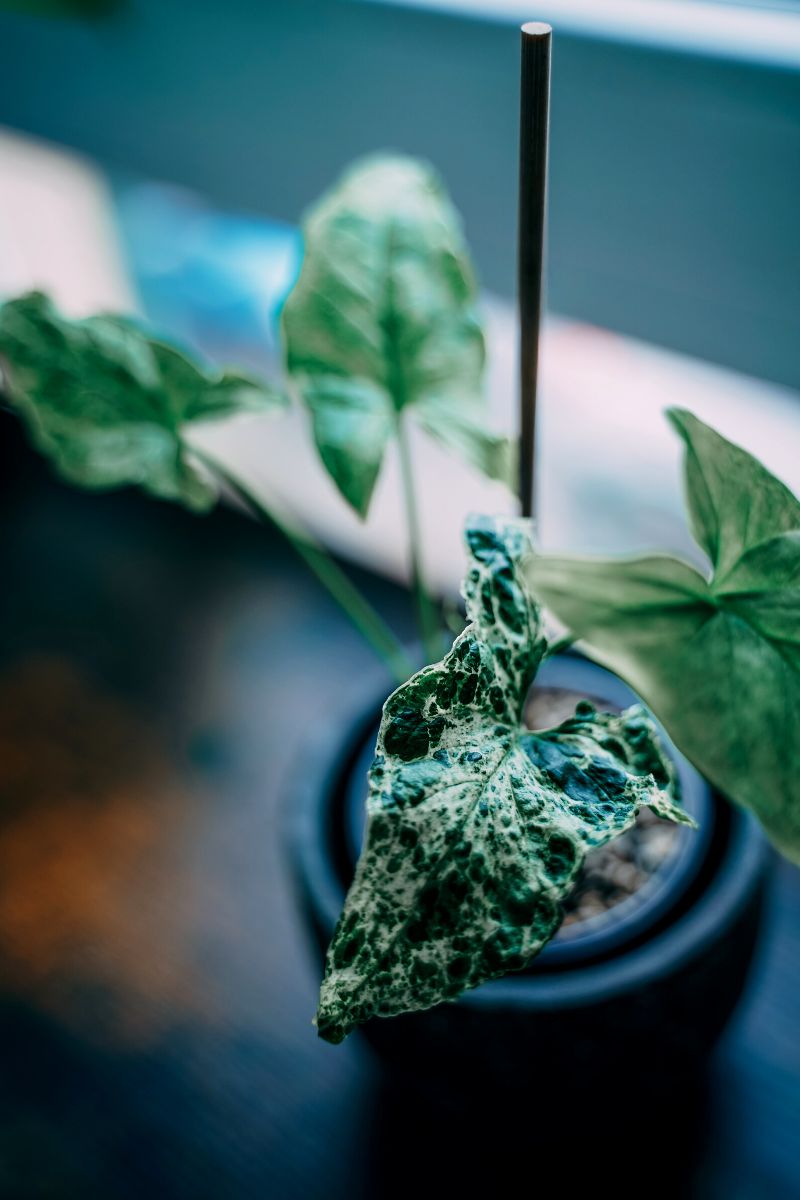
Plants Can Feel Through the Five Human Senses
Let's dive deep into how plants can feel through the five human senses.
1. Touch
When it comes to how plants feel through touch, here are a few examples. Climbing species like sweetpeas (Lathyrus odoratus) seek out support to cling to, whilst other plants like Arabidopsis (Arabidopsis thaliana) become stressed by touch, stunting their growth. Many species stretch their roots across the earth, avoiding rocks and poisonous chemicals.
Some plants even have specialized leaves that detect and respond to specific feelings. Sensitive plants, such as Mimosa pudica, have leaves that fold inwards when touched to protect themselves.

Another fantastic example is the Venus Flytrap (Dionaea muscipula), which immediately snaps shut (as anyone who has touched one will know). Their traps are comprised of modified leaves that have been carefully designed to catch unsuspecting insects while ignoring trash that accidentally falls in. Miniature trigger hairs cover the surface of these modified leaves. When a hair is touched, a chemical 'timer' within the leaf is set off.
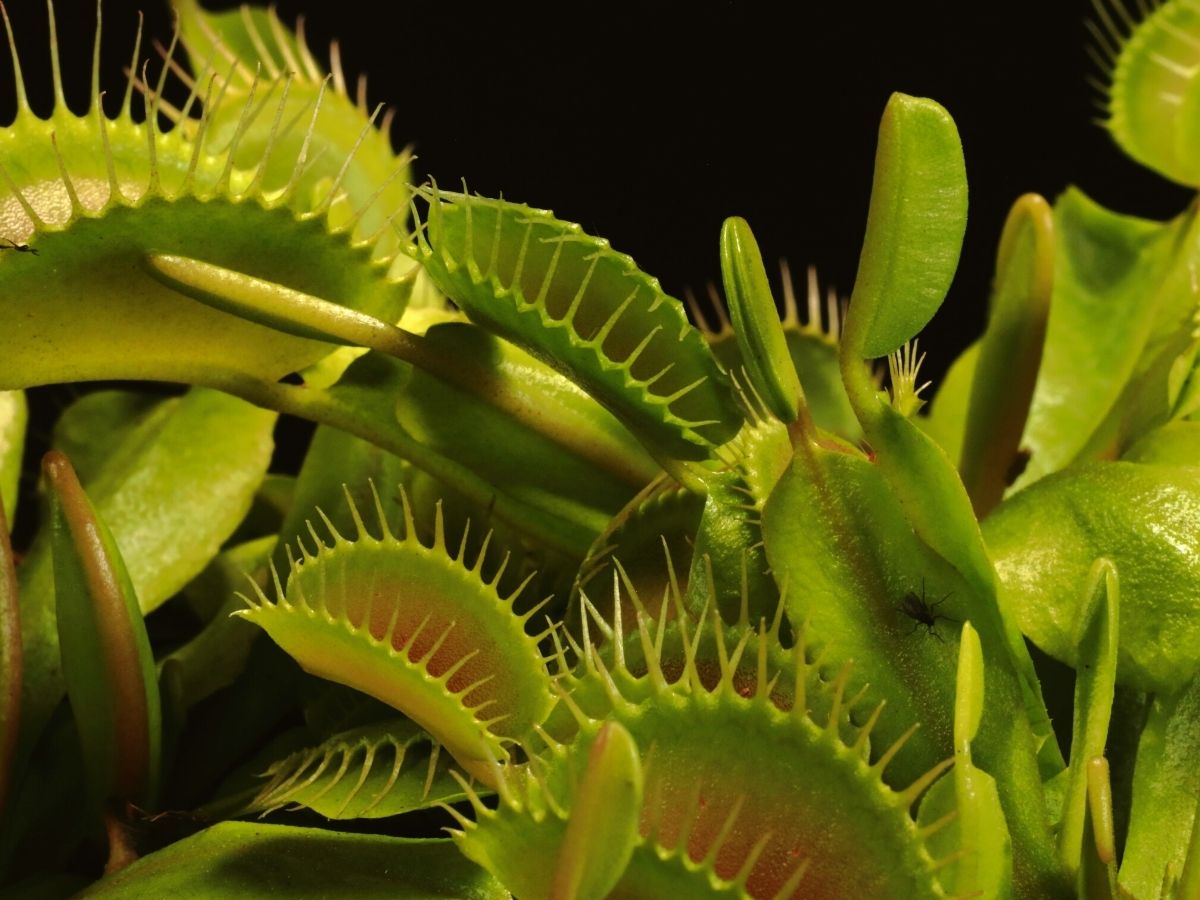
Photo: Andi Superkern from Unsplash
Only when a second hair is touched within this period will the leaf close and begin digesting the prey trapped within. The leaves are evolved to discern live animals different from trash by requiring a second trigger, ensuring they catch just what they need to survive.
2. Sound
Up until recently, not much was known about how plants respond to different sounds, but researchers have demonstrated how plants not only 'hear' nearby pollinators and predators, but also prepare themselves for a visit.
Heidi Appel and Reginald Cocroft of the University of Missouri released an outstanding study in 2014. They recorded caterpillars eating on leaves and played them back to uninjured Arabidopsis plants using specialized equipment. Control plants were subjected to recordings of the wind, other non-predator insects, or nothing at all. Plants exposed to the sound of chewing responded by creating the same defense compounds they would produce if they were chewed on.
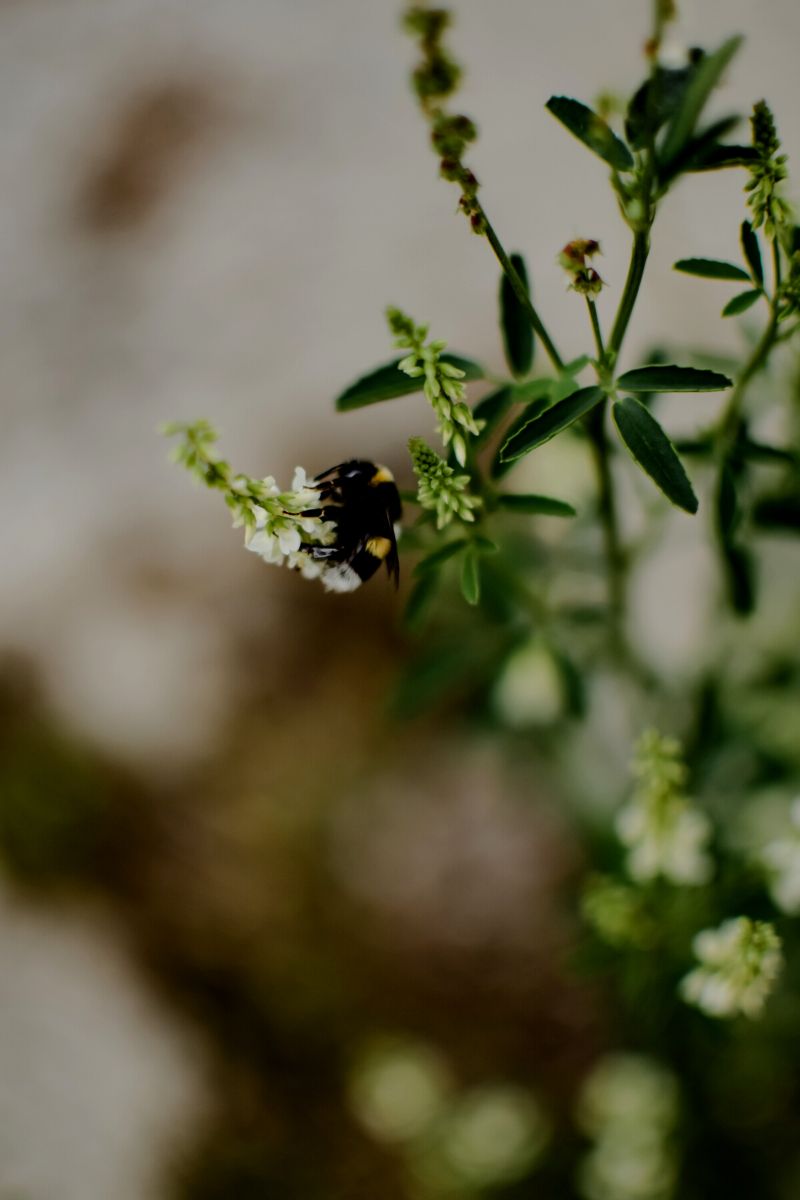
More recently, a Tel Aviv University study team led by Lilach Hadany revealed beach evening primrose (Oenothera drummondii) was 'listening out' for potential pollinators. The flowers boosted the sugar level in their nectar when a tape of a buzzing bee was played, sweetening in anticipation. While there is no known mechanism for plants to sense these sounds, it's fascinating to consider.
3 + 4. Taste and Smell
Plants produce their food through photosynthesis, thus they do not require the taste that we recognize. Taste and smell, on the other hand, rely on the detection of chemicals by specialized receptors, implying that they are inextricably linked. Plants use a similar method for a variety of crucial purposes, including locating nutrients in the soil and avoiding roots near hazardous compounds. Plants may even 'sniff' out their neighbors and recognize their relatives.
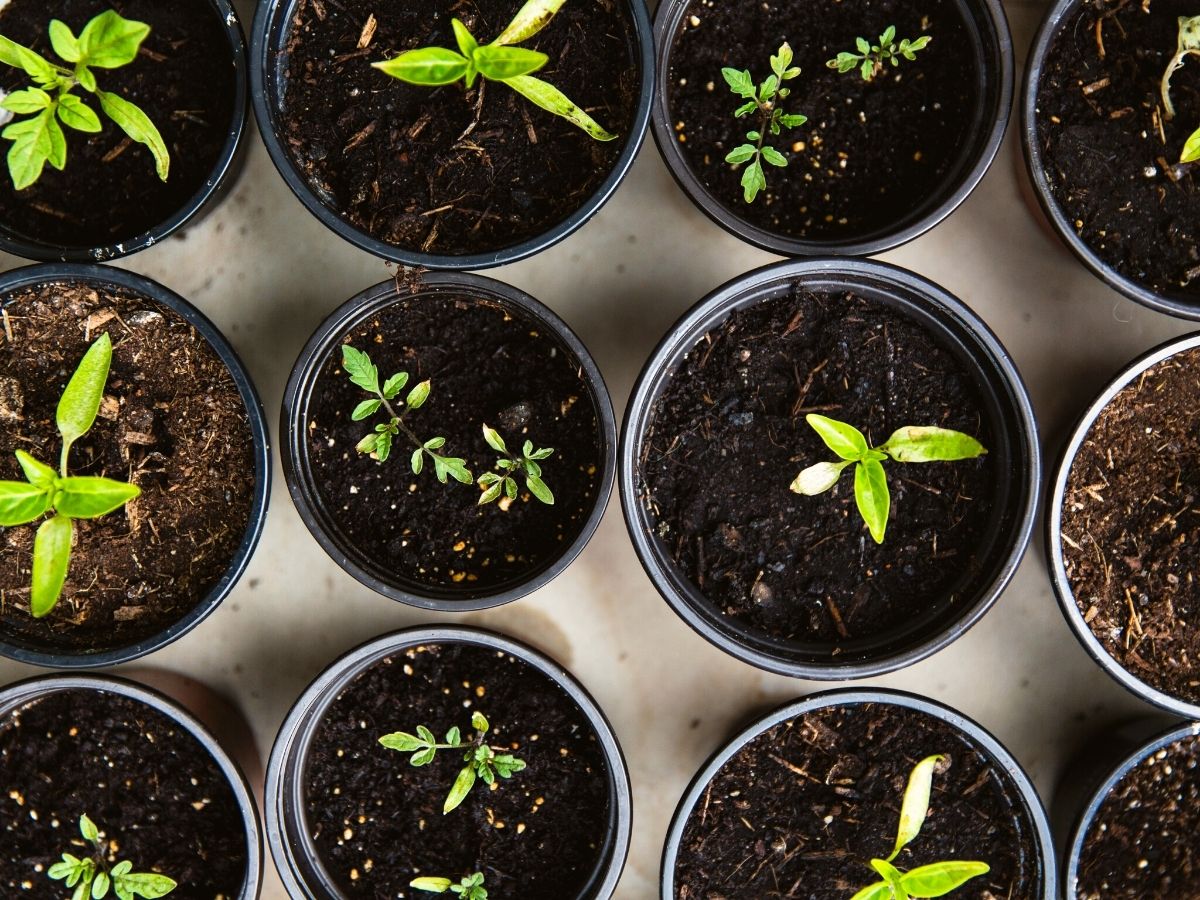
5. Sight
While most animals rely heavily on smell to navigate their surroundings, sight is undoubtedly the most crucial human sense. Plants do not 'see' in the manner that we do, but they can detect a wide range of light wavelengths, from ultraviolet to infrared. One of the most well-known instances is immature sunflowers (Helianthus), which exhibit heliotropism, in which the sunflower faces the sun and grows in the direction of the sun. Tracking the movement of the sun allows the plant to maximize the quantity of sunlight it receives for photosynthesis.
Other Ways in Which Plants Feel
So, how do we know that plants can feel emotions? While plants do not have a nervous system like animals, they do have a system of cells that can transmit electrical signals. This system, known as the plant electrical signaling system, allows plants to communicate with each other and respond to their environment. Some researchers have suggested that this system is analogous to the nervous system in animals.
Another way in which plants can feel emotions is through their ability to form memories. Just like animals, plants can remember past experiences and use that information to respond to future stimuli. For example, if a plant is exposed to a certain type of stress, such as drought or heat, it can remember that experience and adjust its response to future stressors. This type of memory is called 'priming', and it has been shown to occur in many different plant species.
In addition to being able to sense danger and form memories, plants are also capable of responding to other stimuli, such as light. For example, when a plant is exposed to light, it can adjust its growth and development in response to the quality and intensity of the light. This is why plants are grown indoors under artificial light often look different than those grown outdoors in natural light.
More incredibly, when wounded or under attack by pathogens, plants produce their own anesthetic compounds, which act to lessen their injuries. The plant experience, although seemingly inanimate, is complex and ever-changing. Whether they’re listening out for friends or foes, reaching out for the family, building communities, or hiding from predators, plants are highly attuned to their environment and constantly reacting.

Furthermore, studies have shown that plants respond differently to different types of stimuli, suggesting that they are capable of experiencing different emotions. How fascinating are plants?
Scientific research from The University of Melbourne.

